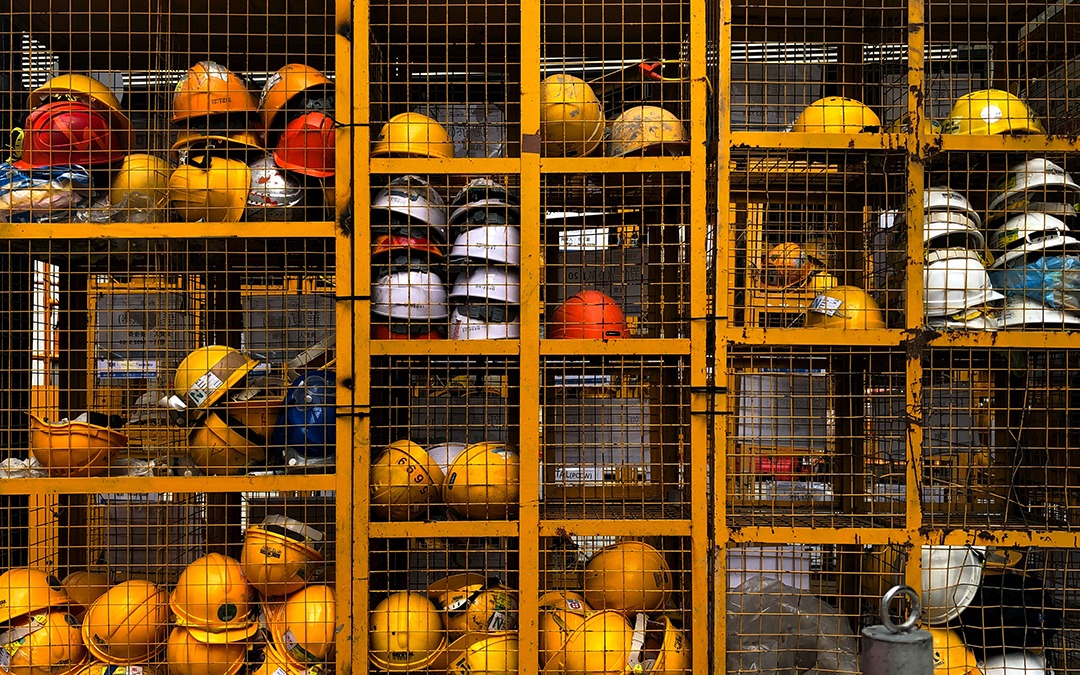
General contractors now face two primary challenges: 1) recover from project shutdowns and slowdowns caused by the pandemic, and 2) capitalize on what could be a much stronger economy in the months ahead. In this environment, knowing how to vet a subcontractor for quality of work and financial stability is more important than ever.
Strength of ownership
The first thing to look at to vet a subcontractor is company history. When did the business get started? What kind of projects has it worked on? Generally, a sub that’s been around for a while (say, more than five years) is probably doing something right.
Then again, a recent ownership change could affect this rule of thumb. So, check into the sub’s owners and managers. Are they reputable individuals with strong track records of being easy to work with? A good way to gather such information is to ask for trade, financial and business references. Have your attorney check into any legal actions the sub might be involved in as well.
Of course, if a prospective sub happens to be a relatively recent startup, you shouldn’t necessarily dismiss it out of hand. Maybe a star project manager has struck out on his or her own. In this case, you may need to rely on financial projections and direct interactions.
Pertinent numbers
As mentioned, a sub’s financials can and should play a critical role in how you vet a subcontractor. Although the raw dollar amounts associated with the company may not tell you the whole story, they’ll give you a strong foundation on which to build a reasonably accurate assessment.
Request at least the most recent year’s worth of financial statements and go over the numbers with your CPA. Look at metrics that give you an idea of the sub’s cash flow and how well capitalized it is, such as current ratio (or quick ratio) and debt-to-equity ratio. Also examine its overhead expenses and total revenues.
In addition, inquire about the sub’s bonding capacity. Is its surety willing to give the company a thumbs-up? Other types of insurance are important, too — a subcontractor that skimps on coverage may be a legal disaster waiting to happen should something go wrong on the job site.
Download our free e-book, Understanding the Job Schedule, here!
Ease of scheduling
As part of the prequalification process, inquire about a subcontractor’s scheduling capacity. Ensure the company can smoothly join a project, complete its work and exit without costly, time-consuming mistakes.
How tech-savvy is the subcontractor? Look for subs who can provide multiple means of communication (voice mail, e-mail, text messaging and so forth) and are comfortable with web-based project management if you use it. This can make a big difference when you need to make last-minute schedule adjustments.
In addition, use your interactions with a sub during prequalification to gauge how receptive it may be toward reminders about job scheduling. A company that responds quickly and in a friendly manner should earn points in the “easy to work with” category. And scheduling reminders and updates play a big role in getting a job done right.
Many ways to vet a subcontractor
These are just a few of the many ways to vet a subcontractor. The changes and economic struggles of the past year or so make now a good time to reassess your prequalification process. Contact us if you have questions or learn more about our services for contractors here.
© 2021